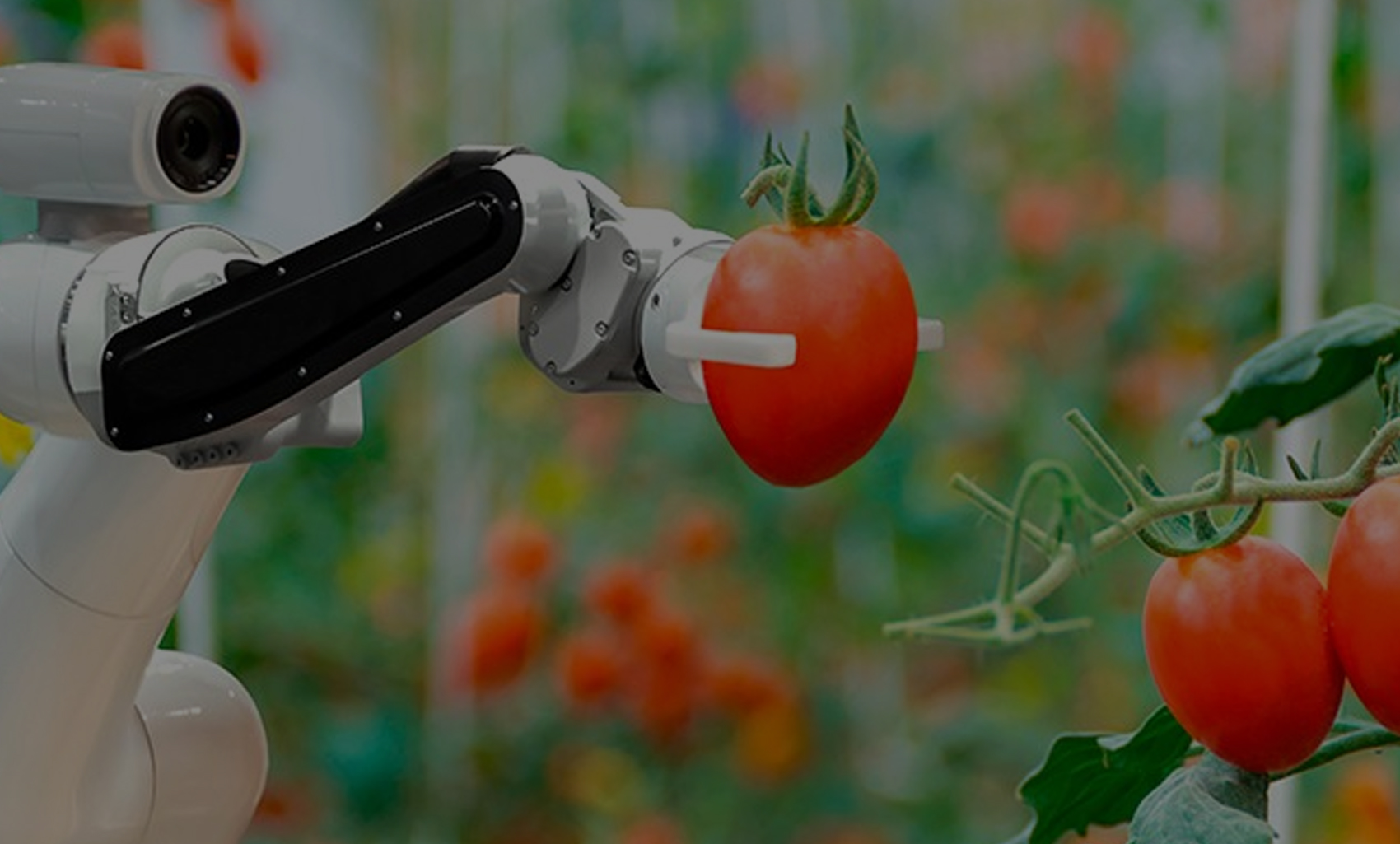While it is true that pretty much every industry in the world is in the need of implementing technology to keep up with emerging markets, the food and agricultural industries are facing challenging demands from consumers all around the world. This is where AgTech (agricultural technology) comes in: technological initiatives that seek to provide solutions for different areas of opportunity, and to embrace more positive environmental, social, and economic practices.
How does AgTech fit into the industry?
The Inter-American Development Bank (IADB) recently published an extensive study to examine this and, according to it, there are nine different technological areas where AgTech has already shown much promise so far:
- New production systems.
- Task mechanization and automation.
- Crop and animal protection & genetics.
- Big Data & precision agriculture.
- Management software and information and education services to farmers.
- Innovative platforms for buying and selling, outsourcing services, and funding.
- Food processing, logistics, and distribution technologies.
- Innovative food products and services.
- Bioenergies and biomaterials.
Agricultural landscape in Latin America
Latin America’s keen interest in the possibility of making their farms, crops, and productions more efficient and productive is understandable, considering that “Latin America […] represents over 13% of all agricultural trade worldwide” (SVB Financial Group). Regional entrepreneurs took the matter in their hands, visualized the growth potential that their crops, farms, administrations, as well as delivery strategies, could acquire by implementing the right technology. Though most of these projects are still in the development stage, some of them have already proven to be a successful enterprise.
The leading countries in the agriculture and food industry are Brazil and Argentina, a success that AgFunderNews (AFN) attributes to accelerator platforms, research institutions, and independent investors. Their hard work, skills, and AgTech applications have driven Brazil to become “an agricultural powerhouse” (AFN). While these two countries have been particularly successful, “from 2017 to 2018, [Latin America] raised 43% more of venture capital” (Latin America Tech), proving that these measures are benefiting the whole region and have increasing popularity.

The challenges
In Latin America, farms and other agricultural spaces in rural areas lack the means to even begin to consider the implementation of technology. Even though this is an important challenge to consider, certain entrepreneurs and investors have managed to provide tools to these areas to optimize their work.
The startups that have begun to turn in astounding results already are the ones that offer remote crop monitoring, irrigation schedules, and alarms. Calculators that factor the risk a certain crop is running now, and community engagement and interactions with similar enterprises.
The goals
In the end, regardless of the different applications that AgTech has within this industrial sector, it has the following purposes: generate innovative strategies that encourage more sustainable, productive and efficient alternatives; become an industry that is fair to its farmers and workers; and, overall, deliver best-quality products to consumers worldwide.
There is still a long way to go in the sense of making these resources available to these enterprises; however, the Latin American market has already demonstrated the financial potential behind it, which is undoubtedly promising and attractive to governments, investors and workers.
See also Latin American fintech, what to learn from their success.









